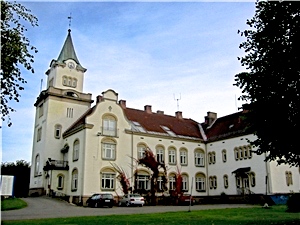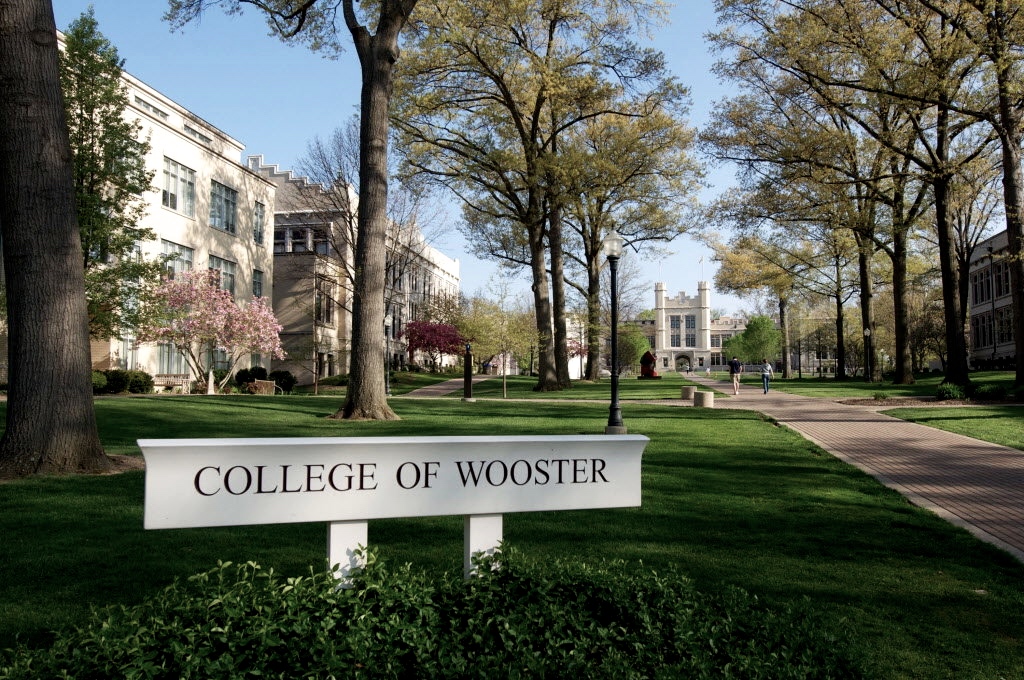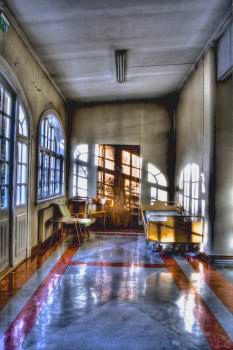Note: Gaute Heivoll was WINNER of Norway’s Brage Prize for Best Novel of the Year in 2013 for Before I Burn.
“In the fall of 1994, while clearing out the house and emptying the writing desk in the living room, I discovered the contract Papa had signed that evening in February, 1945….The contract…stated that Mama and Papa agreed to provide care for five mentally disabled children, for which they would receive eighty kroner a month per child. Perhaps they got the same amount for Josef, Matiasson, and Christian Jensen. I don’t know. Perhaps it was more. After all, they weren’t children.”
 Set in the aftermath of World War II in the southwestern countryside outside of Oslo, Gaute Heivoll’s emotionally engrossing novel involves big themes, a sense of involvement by the reader, and some lingering questions at the end. The novel draws its action from life in an extended family, where both the mother and father, parents of the unnamed young narrator, had worked as nurses and caregivers at a psychiatric hospital in Dikemark for eleven years. Devoutly religious, they cared for their patients with a “Christlike spirit of love.” When the father’s old family home in the country burned to the ground during their time in Dikemark, just before the war, the parents looked on the bright side and decided they would rebuild on the site, creating “their own little asylum in the midst of the parish where Papa was born and grew up, a place Mama had not yet seen.” Carefully designing their new home so that they could care for the “mentally disabled,” they eventually created an upstairs floor which had a large kitchen, spacious and light-filled rooms, special staircases with lower steps, and doors with large handles which could be locked only from the outside – a place where people in need of special care could feel safe, “their own little Dikemark.”
Set in the aftermath of World War II in the southwestern countryside outside of Oslo, Gaute Heivoll’s emotionally engrossing novel involves big themes, a sense of involvement by the reader, and some lingering questions at the end. The novel draws its action from life in an extended family, where both the mother and father, parents of the unnamed young narrator, had worked as nurses and caregivers at a psychiatric hospital in Dikemark for eleven years. Devoutly religious, they cared for their patients with a “Christlike spirit of love.” When the father’s old family home in the country burned to the ground during their time in Dikemark, just before the war, the parents looked on the bright side and decided they would rebuild on the site, creating “their own little asylum in the midst of the parish where Papa was born and grew up, a place Mama had not yet seen.” Carefully designing their new home so that they could care for the “mentally disabled,” they eventually created an upstairs floor which had a large kitchen, spacious and light-filled rooms, special staircases with lower steps, and doors with large handles which could be locked only from the outside – a place where people in need of special care could feel safe, “their own little Dikemark.”
 A few weeks after they have moved into their new house, their first three tenants arrive. One, Josef, is Mama’s uncle, a man who had fallen from a cart and had hit his head so hard that he suffered permanent brain damage. The two others, Matiassen and Christian Jensen, had also been “normal” at birth. Matiassen had been a railroad worker until he got trapped for three days inside a tunnel in the mountains after an explosion caused the tunnel to collapse. Jensen had been gifted, and had lived with his mother until graduation, when some relatives in Ohio suggested that Jensen come to see them so that he could attend “a school named the College of Wooster.” Jensen traveled across the ocean to Wooster but never wrote a single letter home, suffering, as the college later reported, from “St. Vitus Dance,” a neurological disorder that prevented him from holding a pen steady. He never attended a single class before he was sent home. For years after that, he has continued to read the magazines from the college alumni office, but his tremors prevent him from much physical activity. These three adults become the first residents of the private asylum.
A few weeks after they have moved into their new house, their first three tenants arrive. One, Josef, is Mama’s uncle, a man who had fallen from a cart and had hit his head so hard that he suffered permanent brain damage. The two others, Matiassen and Christian Jensen, had also been “normal” at birth. Matiassen had been a railroad worker until he got trapped for three days inside a tunnel in the mountains after an explosion caused the tunnel to collapse. Jensen had been gifted, and had lived with his mother until graduation, when some relatives in Ohio suggested that Jensen come to see them so that he could attend “a school named the College of Wooster.” Jensen traveled across the ocean to Wooster but never wrote a single letter home, suffering, as the college later reported, from “St. Vitus Dance,” a neurological disorder that prevented him from holding a pen steady. He never attended a single class before he was sent home. For years after that, he has continued to read the magazines from the college alumni office, but his tremors prevent him from much physical activity. These three adults become the first residents of the private asylum.

Founded in 1924 as a psychiatric hospital, Dikemark, outside of Oslo, where both parents of the speaker worked for eleven years, is now closed.
Four years later, in 1945, with the Germans leaving Norway and returning home, Mama and Papa, who, by now, have two children, a son who is the narrator of the novel, and a young daughter, Tone, agree to a contract in which they will care for the Olsen family of five siblings from Stavanger, children who have suffered terrible deprivations, unhealthy conditions, and permanent emotional and intellectual damage. The novel which follows shows the daily life of the family of four who are housing eight “mentally disabled” people, three adults and five children. The family’s own relationships with each other, with the people in their care, and with their schools and church, soon become tied also to their individual goals as human beings. Mama is cooking for twelve people, eight of whom have special needs, and doing whatever else is necessary to make them comfortable, and she has precious little time to spend singing, which she once enjoyed. The speaker and his sister do not have close friends and sometimes must fend off remarks about the mysterious children who live with them but do not attend school.

Christian Jensen, an adult at the home asylum, had hoped to study at the College of Wooster but became ill and never really recovered.
The living arrangements, assumed to have been made in a “Christlike spirit of love,” will startle readers. The five Olsen children range in age from Lilly, age seventeen, to Sverre, age four, and all live together in one spacious upstairs room. Their food is brought to them on large trays, and Lilly serves them at a dining table in their room, then brings the dishes back downstairs so that they can be washed. They sleep in individual beds lined up along the wall, and the family “bathroom” is outside, lit by a lantern which Matiassen has brought with him. For much of the time, the “disabled” children stay together in their non-threatening environment. As for the “disabled” adults, Josef reads books from the small library in a church office, starting over and reading them all in order again when he finishes the collection. Matiassen takes a stool and goes outside to sit under the ash tree all day long. Jensen often studies Bible pictures of people in terror and despair, “They were surrounded by devils no bigger than dogs, and floating in the air were dirty angels with huge, tattered swanlike wings fluttering in the wind.” He prays intensely – in English learned in Ohio.

King Olav ruled from 1957 – 1991. The residents of the private home where “mentally disabled” adults and children resided used to listen to his speech on the radio on New Year’s Day each year.
The writing is remarkably simple in style and often lacks elaboration. As the reader fills in the blanks, his/her involvement with the novel becomes even stronger. The book has little real plot, other than the daily lives of these people and the surprises life always holds, yet I could hardly put it down, wanting to know what happens and whether the characters will find happiness, despite some of the complications and tragedies in their lives. Ultimately, the reader cannot help but be drawn in by the force of the writing and the emotions the author creates on the subject of what it means to be human. The treatment of some of these characters as if they were animals offends the caregivers, yet it becomes clear as the novel evolves, that they, too, bear some responsibility for this attitude. All of the Olsen children, starting with Lilly and Nils, and continuing with the younger children when they reach an “appropriate age,” are taken away for a few days and then returned – sterilized, “fixed” – and this is accepted as “normal” for people like “them.”
Secret stories emerge and crises occur, but the reader continues to hope, trusting that the good intentions of the host family will win out and that some of the feared disasters will not occur. Still, the unexpected does occur, and disasters do strike, and people are left to deal with issues that they are often ill-equipped to understand. Powerful in its understatement and in the main characters’ strange acceptance of “mentally disabled” people as having few hopes, dreams, or abilities, the novel arouses in the reader the mixed feelings of love for a family which has sacrificed so much of its own life for the “disabled” people who live with them and sadness for the limitations that even these well-meaning people impose.

Hallway of the Dikemark Hospital, now closed, where the parents of the speaker lived and worked for eleven years.
Photos: The author’s photo appears on https://www.nrk.no/
Founded in 1924 as a psychiatric hospital, Dikemark, outside of Oslo, where both parents of the speaker worked for eleven years, is now closed. http://www.abguiden.no/
The College of Wooster, in Wooster, Ohio, is where Christian Jensen, an adult at the home asylum, had hoped to study. He traveled all the way to Ohio but became ill and never recovered. https://www.wooster.edu/about/facts/
King Olav ruled from 1957 – 1991. The patients at the home asylum gathered each hear to listen to him speak on the radio on New Year’s Day. http://www.abguiden.no
A hallway at Dikemark Psychiatric Hospital, now closed: https://i.pinimg.com/
